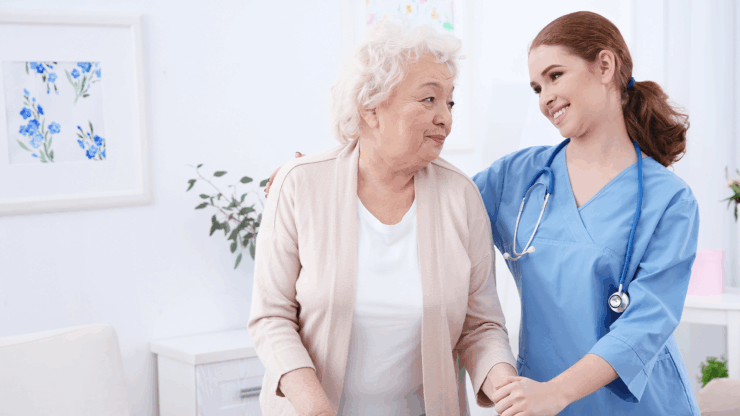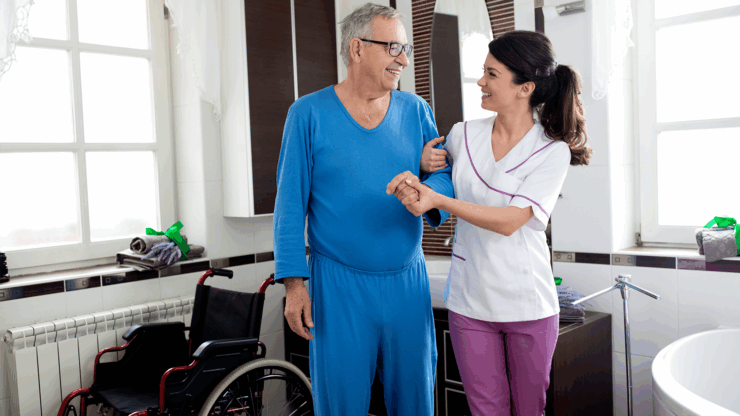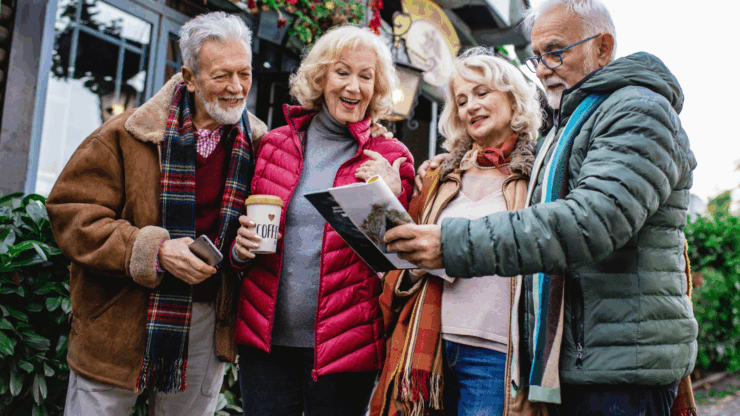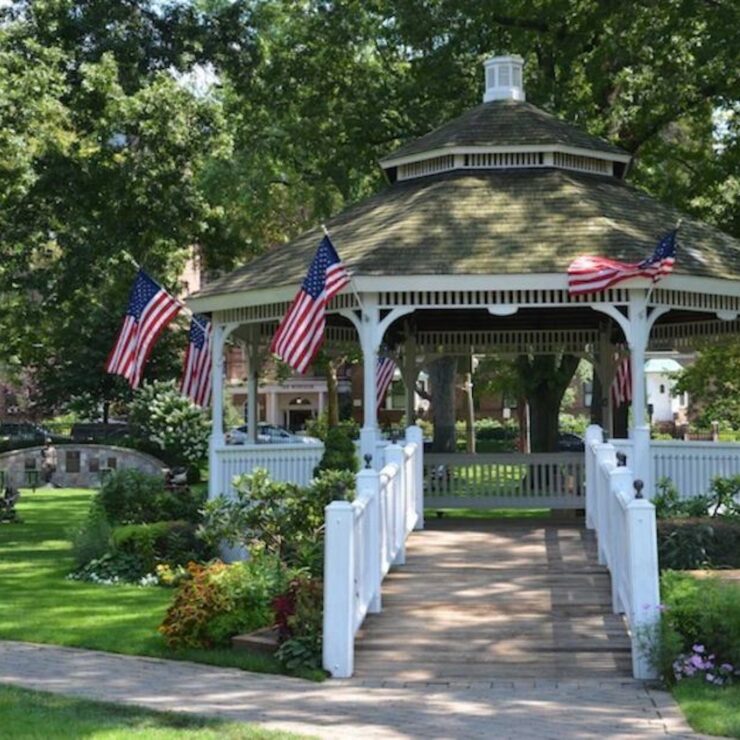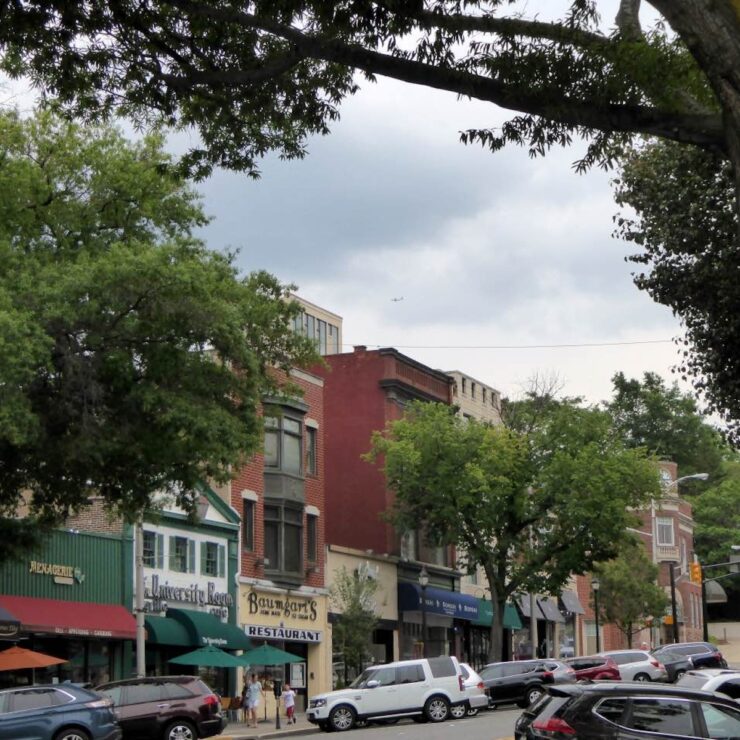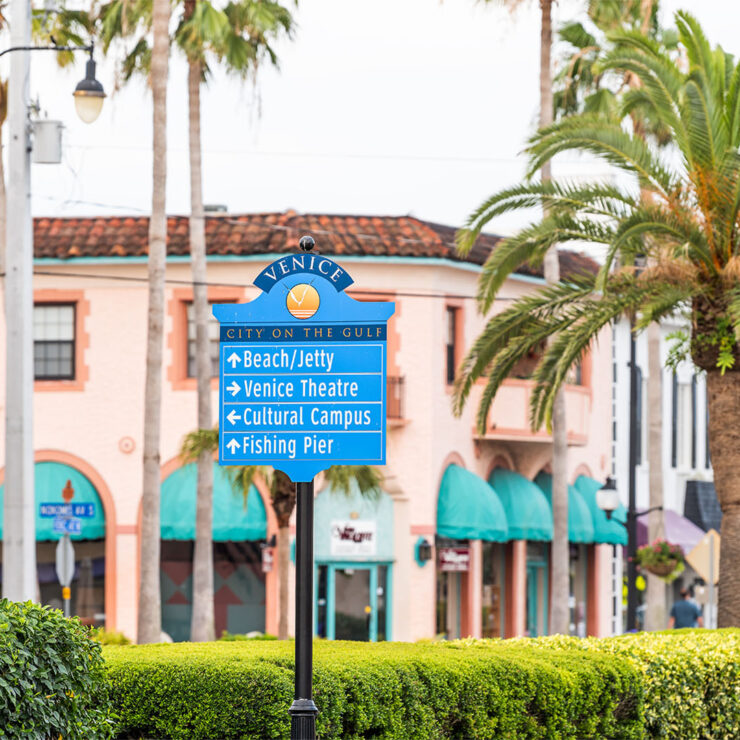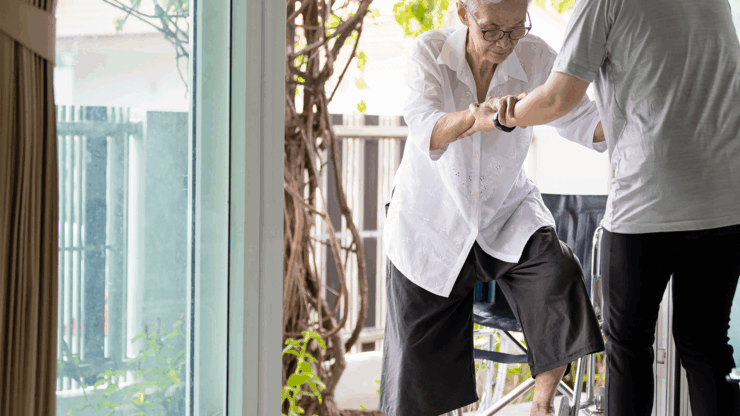
How to Conduct a Home-Safety Assessment for Seniors
If you have a senior family member who is determined to maintain their independence by remaining in their home, it would be wise to consider making minor changes to make day-to-day living easier and smoother. Home safety is a main concern for many older adults. When a senior loved one lives alone, especially in an older home, it’s natural for their family to often worry about their safety.
Many accidents like falls or burns can occur in the home, which is why there should be no delay in inspecting each room to eliminate any future problems and conduct an assessment. To address these concerns and others, here are suggestions you can use to identify potential trouble areas in and around your loved one’s home.
Living Room:
- Make sure chairs and other seats are high enough to easily get in and out of.
- Remove any area rugs or floor level clutter that can easily become tripping hazards.
- If the living room has dim lighting, increase the number or lamps to make visibility greater for those experiencing changes in eyesight.
Bedroom:
- Clutter should be cleared from the floor so that nothing is in the way.
- Install lighting that works remotely to avoid having to get out of bed to turn the light switches on and off.
- Make sure the bed is high enough to get in and out easily. Also consider installing a bed railing lo reduce the risk of falling out of bed in the night.
Kitchen:
- Food, dishes and cooking equipment are stored at an easy-to-reach, waist high level.
- Make sure smoke detectors are in good working order and keep a fire extinguisher handy in case of a fire while cooking.
- There should be no liquid, grease, or food spilled on the floor that needs to be cleaned up.
Stairs:
- Stairs, like any part of the home can fall into disrepair. If you notice your steps feel loose or are uneven, make sure they get fixed.
- When going up an down the stairs, it’s important to hold on tight to a railing to prevent a slip or fall.
- Check that outside stairs and steps are free of ice, snow, and other debris.
Outdoor Area:
- Porches, balconies, terraces, window wells are protected by railings, closed banisters, closed with fences, and etc.
- Check the driveway for cracks regularly, and be sure there’s a clear path to the mailbox. Remove trip hazards likes rocks and roots from the yard.
Throughout The Home:
- Look for and remove cluttered furniture, decor, cables, and other items that can pose a tripping hazard on the floors, steps and stairways.
- Check if all flooring surfaces are flat, in good condition and covered with slip-resistant materials.
- Remind your loved ones that they should not allow strangers into their home.
Home safety should be at the top of the list when choosing to age in place. With an elderly home safety checklist, you can proactively avoid avoidable falls and accidents among the elderly. If you are concerned about your loved one’s safety, LifeWorx can help you and your loved one age in place gracefully. When you need companionship or help around the home, LifeWorx has the solutions designed for all your needs.
Find your peace-of-mind.
Explore LifeWorx’ in-home elder care services.

